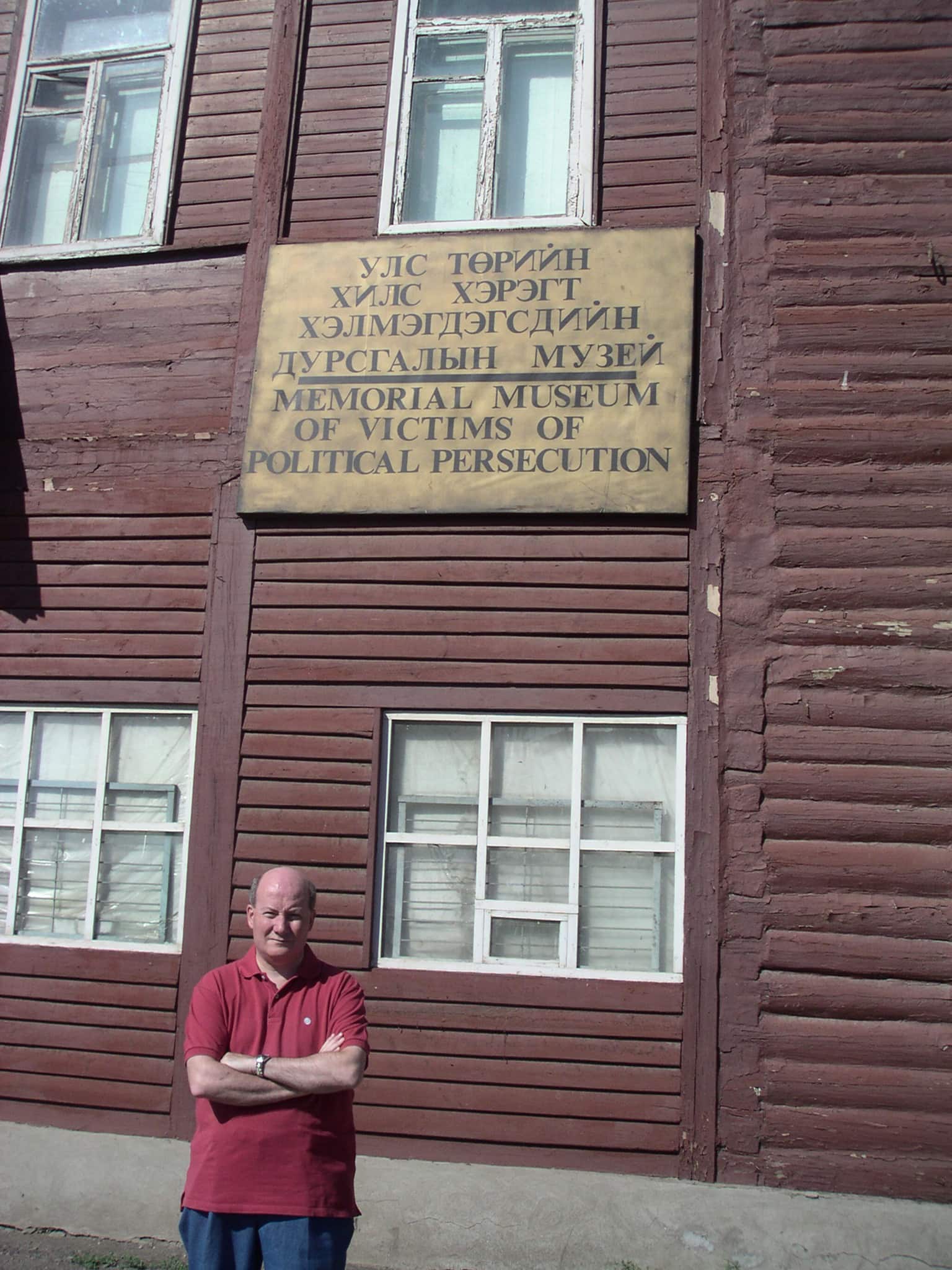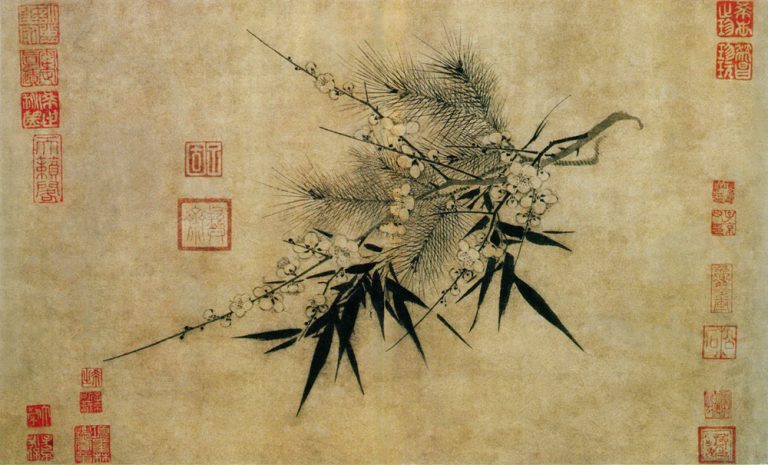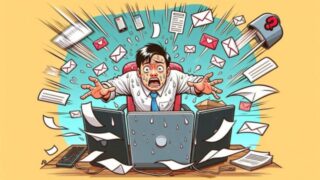Since 2012, Buddhists in Mongolia are without an officially recognized Jebtsundamba, their local leader. Beijing claims Mongolia should only enthrone a CCP-friendly Jebtsundamba – or else.
by Massimo Introvigne


Mongolia is an independent State, which has been freed of Soviet influence and control by the fall of the Soviet Union, although his language is still written in Cyrillic, a paradoxical heritage of the Stalinist years. When I visited Mongolia, some years ago, a local intellectual summarized for me the recent history of the country with a simple formula. “We called the Russians to protect us from the Chinese. They came, but they didn’t go away. Then we called the Chinese to protect us from the Russians. They came, too, and they stayed, too. Then we called the Russians again. And the Chinese again. And so on.”
With freedom, democracy, and friendly relations with the United States and the European Union, it seemed that Mongolia was finally free from this infernal cycle. Unfortunately, this was not entirely true. The post-Socialist Mongolian economy is heavily dependent on China, and occasionally Chinese scholars publish threatening articles reminding Mongolians that what they call an independent country was historically part of the Chinese Empire. Mongolia still relies on support from the United States to resist Chinese pressure, but nowadays American strategies in Asia are not always clear.
In September 2019, Vladimir Putin visited Mongolia, ostensibly to celebrate the 80th anniversary of the Battle of Khalkhin Gol, where on the eve of World War II, Soviet and Mongolian joint armies defeated the Japanese. International observers, however, understood Putin’s visit as an attempt to “upgrade Russia’s strategic partnership” with Mongolia by “checking Russia’s natural strategic competitor” there, i.e. China. Whether a new infernal cycle between Russia and China will start again for Mongolia largely depends on the United States.
Religion is a crucial factor. Visiting Mongolia means understanding how important for national identity is the local branch of Tibetan Buddhism, although pre-Buddhist shamanist practices also survive and a variety of Christian churches and new religious groups, from the Mormons to the Unification movement, are also free to operate and prosper in the country. The Communist governments went through an extraordinary effort to eradicate Buddhism from Mongolia. At least 14,000 monks were executed and over 700 monasteries destroyed. To no avail: religion resisted in the heart of the Mongolian people, and came back with a vengeance when Mongolia became a democratic country in 1990.


Until October 7, 2019, the Victims of Political Persecution Memorial Museum in Ulaanbaatar told the history of the religious persecution. It was one of my most memorable visits in Mongolia. Now the museum has been demolished, allegedly pursuing a new urban plan, although others suspect that documenting and showing to tourists the old Soviet crimes in Mongolia did not please present-day Russia either.


Most Buddhists in Mongolia belong to the Gelug school of Tibetan Buddhism, the one headed by the Dalai Lama. In 1639, with the blessing of the Fifth Dalai Lama (1617–1682), a four-year old boy called Eshidorji, who would later take the name of Zanabazar (1635–1723) was recognized in Mongolia as the 16th incarnation of an old Tibetan lineage and the first to be enthroned as leader of the Mongol Buddhists with the title of Jebtsundamba. The choice was a happy one, as Zanabazar emerged as a prominent intellectual, artist, and spiritual leader. During the Soviet era, he was portrayed as a traitor for his policy of friendly relationships with the Qing emperors of China. For the same reasons, he was hailed by the CCP as a great pro-Chinese leader. Historians today have more nuanced opinions, and see Zanabazar as a skilled diplomat, who tried to do his best to protect the long-term interests of Mongolia.
One of the consequences of the pro-Chinese policy of Zanabazar was that, at least from the choice of the 3rd Jebtsundamba, the Qing emperors had a role in selecting the new reincarnations of the deceased spiritual leaders. They decided that the leaders of Buddhism in Mongolia should in principle be Tibetan, and eventually used the “Golden Urn” system, a manipulated lottery Qing China imposed to select the main reincarnations of Tibetan Buddhist lamas.
This did not mean that the Jebtsundambas were mere puppets of Beijing. Some were fiercely independent, none more than the 8th Jebtsundamba (1869–1924), who in 1911 took advantage of the fall of the Qing to proclaim himself political ruler of Mongolia with the title of Bogd Khan. He ruled the country until the Soviet-backed revolution of 1921 reduced him to a figurehead. When he died in 1924, the Mongolian Communist Party quickly ruled that further reincarnations were prohibited. Dissidents repeatedly tried to claim that a reincarnation had nonetheless occurred, but they were brutally repressed.


After World War II, Soviets suggested to Mongolians to keep open one monastery, Gandan in Ulaanbaatar, not only to maintain a pretense of religious liberty but to install there an Abbott who would become the leader of a government-controlled Central Religious Administration. A pro-Communist defrocked monk, Erdenepel (1887–1960), was installed in this position in 1947, and he was succeeded by subsequent Abbots of Gandan.


Meanwhile, the Dalai Lamas in Tibet maintained the claim, accepted by most Mongolian Buddhist monks, that they had the ultimate authority to recognize reincarnations of the Jebtsundamba. A boy born in Tibet in 1933 was secretly recognized as the 9th Jebtsundamba (1933–2012), although the Dalai Lama publicly revealed his existence and role only after the fall of Communism in Mongolia.
This created an ambiguous situation in Mongolia, where at first the democratic government continued to recognize the Abbott of Gandan as head of Mongolian Buddhism. Nationalism played a role, as the Abbott of Gandan was a Mongolian and the 9th Jebtsundamba was a Tibetan. China also intervened, campaigning openly and secretly against the recognition of the 9th Jebtsundamba, who was perceived as a friend of the Dalai Lama. Under Chinese pressure, Mongolia refused to issue a visa to the 9th Jebtsundamba to officially visit the country.
However, he managed to come with a tourist visa in 1999 and be enthroned as the leader of Mongolian Buddhism – not at Gandan, but in an important although provincial monastery called Erdene Zuu. The Gandan monastery and the government did not recognize his role. So serious was the matter for China that, two days after the arrival of the 9th Jebtsundamba in Mongolia (July 13, 1999), Chinese President Jiang Zemin also unexpectedly landed in Ulaanbaatar for a quick visit, where he warned the Mongolian government that they should not recognize the Jebtsundamba, or there would be consequences. With his tourist visa expired, on September 17, 1999, the 9th Jebtsundamba had to return to India and was told he would not be allowed to return to Mongolia.


In 2009, however, pro-Western politician Tsakhiagiin Elbegdorj was elected as President of Mongolia. He invited the 9th Jebtsundamba to visit Mongolia, and in 2010 he granted him Mongolian citizenship. On November 2, 2011, the 9th Jebtsundamba was enthroned as the head of Mongolian Buddhism, for the second time but this time at the Gandan Monastery and by the Gandan Abbott. Five days later, the Dalai Lama came to Mongolia to celebrate the enthronement.
It seemed that the problem of who was the leader of Buddhism in post-Soviet Mongolia had finally been solved, and the solution was unpleasant for the CCP. However, the 9th Jebtsundamba died on March 1, 2012. This was a blessing for the CCP, who started campaigning and exerting all sort of pressures on Mongolian political and religious authorities not to have a new reincarnation of the Jebtsundamba identified, unless it was one agreed upon with Beijing – despite the fact that in his testament, the 9th Jebtsundamba had clearly indicated that the only person authorized to recognize his reincarnation will be the Dalai Lama. The CCP also deployed an unprecedented effort, which is still ongoing, to influence Mongolian Buddhism through so called “cultural exchanges,” gifts, scholarships for Mongolian monks to study in China, and so on.
On the other hand, the Dalai Lama regards as his duty to identify the reincarnation of the 9th Jebtsundamba. In November 2016, he visited Mongolia for the ninth time, and stated that the 10th Jebtsundamba had been found. He is a Mongolian boy whose name is kept secret. The CCP promptly answered with economic sanctions on Mongolia. While refusing to apologize, the Mongolian government stated that the Dalai Lama would not be allowed to visit Mongolia again. As for the Jebtsundamba question, the government said it is a religious matter, to be decided by Mongolian Buddhist clergy, without “outside participation,” by which it may mean either (or both) without interference by the Dalai Lama or without interference by the CCP.


The battle is going on. The CCP intensifies its propaganda and threats in Mongolia. Silence has descended on the 10th Jebtsundamba. He is presumably being educated in some monastery. However, his eventual enthronement will be a difficult matter, involving the Dalai Lama (or perhaps two future competing claimants to the role of next Dalai Lama, once the present one passes away, one recognized by the CCP and one by the Tibetan diaspora), the CCP, the Mongolian government, Russia, and even the United States, who would be accused at any rate by Beijing to interfere, as it happened when the 9th Jebtsundamba was announced.
The question of the Jebtsundamba is of decisive geopolitical importance. The CCP knows it, and is flexing its muscles trying to prove it can control and manipulate Buddhism in China, Tibet, and even beyond its political borders.









